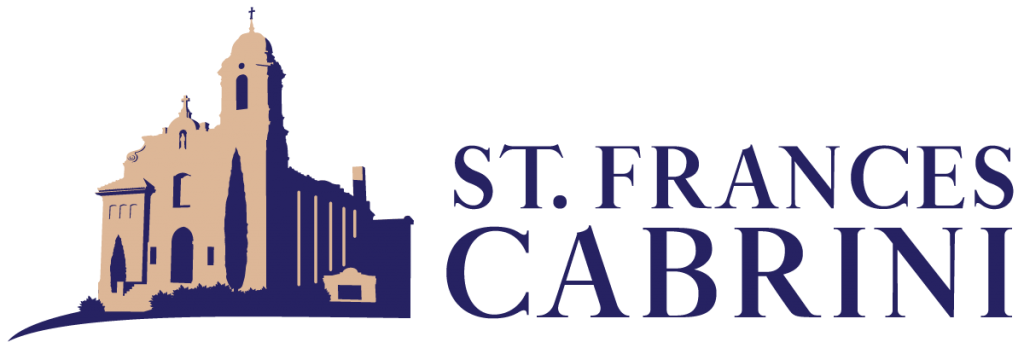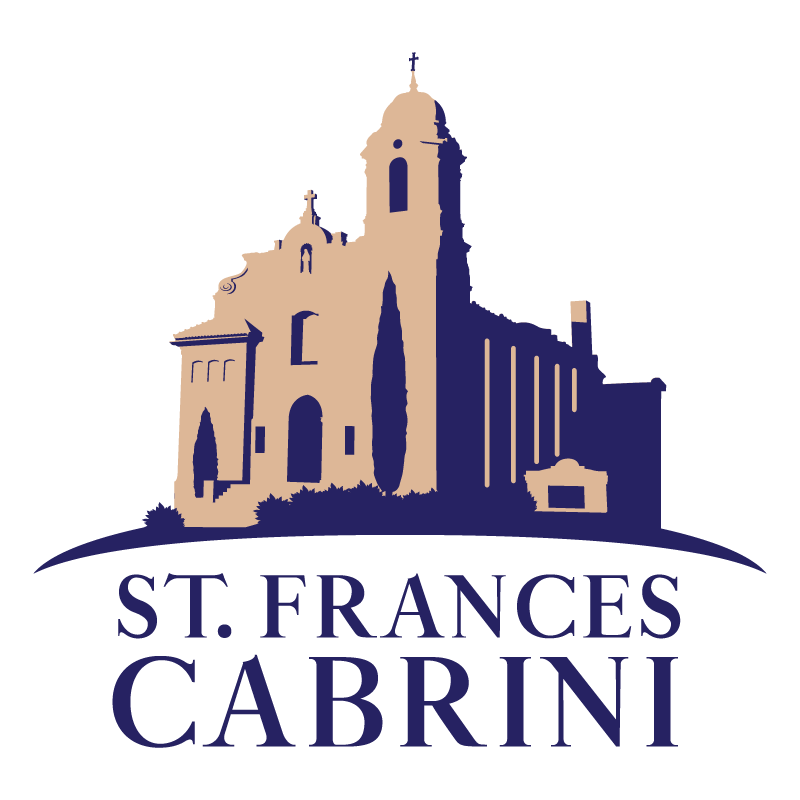Dear Friends,
When I open the outer tabernacle door to retrieve the reserved Eucharist, you may notice that there is a pelican painted on the door. The pelican mother in the painting is poking her chest with her bill to offer her own blood to her little chicks. The children in the school often ask about it. “Why is there a big white bird painted there and what is the bird doing?” They guess that it is meant to be an image of the Holy Spirit, but that is not the case. It is an image of life being given through the gift of a person’s own body and blood.
There is a mythical tradition from the early Christian church in Egypt about the pelican. The story is first found in Physiologus, a text written by an Alexandrian author in the second century; in it, in order to prevent its chicks from starving in times of scarcity, the pelican pierces its chest with its own beak to feed them with its own blood. According to other Egyptian legends, if pelican chicks happen to die, the pelican would open its own chest and bring them back to life, spraying them with her own blood.
Even though it was only a legend, it is easy to see why the early Christians adopted the pelican as a symbol of Christ, the one who gives up his own life to bring us back from the death of sin, feeding us with His own Body and Blood in the Eucharist.
Early Christian teachers, Saints Epiphanius, Basil, and Peter of Alexandria all quote the Physiologus. Dante, in his Paradiso, refers to Christ as our Pelican:
“This is he, this, who on the breast reclined
Even of our Pelican; ’tis he who bore
The great charge from the cross to him consigned.”
and Shakespeare, in Hamlet, through Laertes, refers to the legend of the pelican:
“to his good friend thus wide, I’ll open my arms
and, like the kind, life-rendering pelican,
repast them with my blood.”
Even St. Thomas Aquinas, in his Adoro te devote, wrote:
“O loving Pelican! O Jesus Lord!
Unclean I am, but cleanse me in Thy Blood!
Of which a single drop, for sinners spilt,
Can purge the entire world from all its guilt.”
The image of a pelican feeding her chicks is not an eccentricity when found in church art and decoration. Quite the contrary, it is one of the older images in Christian iconography. The pelican is one of the common animal motifs in early Christian art, along with the lamb, fish, peacock (eternal life), the phoenix (rising from its ashes, a symbol of the Resurrection of Christ) and the unicorn (which can only be captured by a virgin, and therefore became an allegory of the Incarnation).
At the Last Supper Jesus gives us the most valuable gift in history. He does not give things that are external to his person; he does not simply give a part of his estate. Rather, he gives his own body to humanity: “This is my body that is for you”, says Jesus. He gives himself to us so that, by partaking of his body and blood, we may become like him who became like us in all things but sin. As the saying goes, we are what we eat and what we eat is part of us.
By offering himself as food and drink, Jesus teaches us to offer ourselves to God in return. It is not enough to offer sacrifices of money and gifts to the Lord. It is not enough to offer the sacrifice of praise to the Lord. The ultimate gift we make to God is the offering of our own selves: “Do this in memory of me”, Jesus says at the Last Supper – this is not only about repeating the ritual of his gift but being a gift as well. St. Paul, in his letter to the Romans, invites all of us: “I urge you, brothers and sisters, in view of God’s mercy, to offer your bodies as a living sacrifice, holy and pleasing to God—this is your true and proper worship”. Jesus gave himself to us and we do the same in return.
On this Feast of the Body and Blood of Christ may you be led to an ever-deeper understanding of the gift.
Peace,
Fr. Damian



